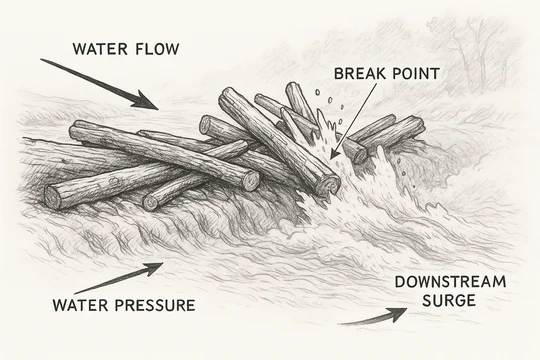
One of the early questions in many cases (particularly NPE cases) is whether the defendant can move to dismiss the complaint under 12(b)(6) for lacking sufficient detail under Twombly/Iqbal.
The answer is yes: You can, as long as there is insufficient detail. But what is the cutoff? How bad does it have to be?
We got an example of that on Monday, when Chief Judge Connolly dismissed a complaint for lacking detail. According to the Court, all the plaintiff did was say that the defendant's product infringes the claim:
"[A] plaintiff cannot assert a plausible claim for infringement under the Iqbal/Twombly standard by reciting the claim elements and merely concluding that the accused product has those elements." . . . But that is exactly what Plaintiff has done here.
Claim 1 of the patent discloses:
["]A device for the display of information from the glass portion or other transparent portion of a vehicle, said device including a power console, a keyboard, and a laminate material applied to a vehicle portion selected from a glass portion and a film applied to a glass portion, wherein said laminate material includes a light emitting material therein arranged to provide a display of letters, designs, and any combination thereof, upon activation of said power console, wherein said display of letters, designs, and any combination thereof are arranged through the control of said keyboard, and wherein said laminate material may be placed on any location on said vehicle that includes a glass portion thereof.["]
#861 patent at claim 1 (emphasis added). And Plaintiff alleges in the Complaint that the head-up display (HUD) systems in certain of Defendants' vehicles infringe claim 1 because the HUD systems
["]include, as devices, a glass portion or other transparent portion of a vehicle, a power console, a keyboard, and a laminate material applied to a vehicle portion selected from a glass portion and a film applied to a glass portion. Furthermore, such HUD systems include light emitting materials arranged to provide a display upon activation of said power console and through control of said keyboard. Thus, HUD systems including said laminate material placed on a glass portion thereof reads on the claim elements of the [#] 861 patent.["]
. . . . The Complaint does not allege any additional facts about how or why the HUD systems in the accused vehicles infringe claim 1.
Jerry Dewanye Alexander, Sr. v. BMW of North America LLC, C.A. No. 22-1488-CFC, at 2-3 (D. Del. Sept. 18, 2023) (emphasis added).
The Court held that that's not enough. The plaintiff must do something more than just name the patent, claims, and accused products:
Because the Complaint does not allege factual allegations beyond the identities of the Defendants and the accused vehicles and the conclusory assertion that the HUD systems in those vehicles infringe claim 1 of the #861 patent, it does not plausibly allege infringement. Accordingly, I will dismiss the Complaint.
Id. at 3.
The Court gave the plaintiff a month to amend—but threatened sanctions if the plaintiff doesn't show a good-faith basis for alleging infringement of a particularly tricky claim element:
If Plaintiff seeks to file an amended complaint, he must allege sufficient facts to put Defendants on notice of how their HUD systems infringe claim 1 of the #861 patent. He must also take into account that claim 1's requirement that the HUD system have a "laminate material [that] includes a light emitting material therein" is not the same thing as a requirement that the HUD system have "light emitting materials arranged to provide a display." If Plaintiff files an amended complaint without having a good faith basis to allege that there is light emitting material in laminate material found in the HUD systems in Defendants' vehicles, Plaintiff will subject himself to the potential imposition of sanctions. Such sanctions could include an order to pay Defendants' attorney fees and costs.
Id. at 4. This suggests that the defendants' motion wasn't purely a "lack of detail" motion, but also a "we can't infringe"-style motion based on the language of the claim requiring light emitting material within a laminate. The Court based its order, however, entirely on the lack of detail in the complaint.
If you enjoyed this post, consider subscribing to receive free e-mail updates about new posts.






